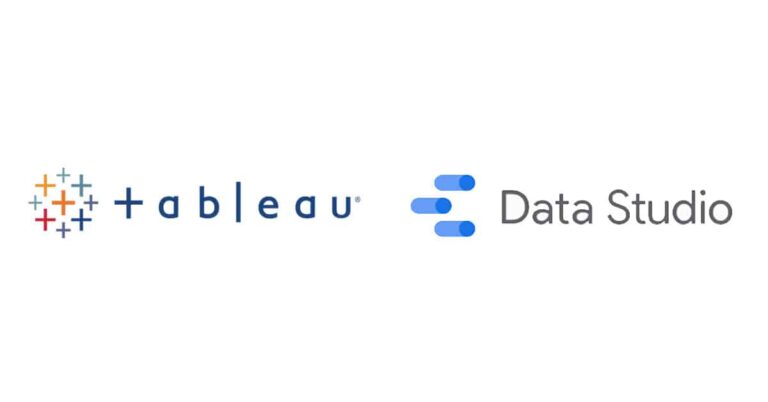In commercial design, millwork services play a pivotal role in shaping spaces that are functional, aesthetically pleasing, and aligned with a brand’s identity. From custom furniture to intricate moldings, millworks involve the art of crafting and installing bespoke woodwork solutions tailored to a client’s specific needs. At Signworks, a 3D printing service provider, we have seen how millwork, when integrated thoughtfully, transforms ordinary commercial spaces into unique environments. This article delves into the importance of millwork, the types of services available, and how craftsmanship can elevate retail and hospitality spaces.
Overview of Millworks and Its Role in Commercial Design
Millworks refers to custom woodwork crafted for interior and exterior spaces, including furniture, moldings, cabinetry, and decorative elements. Unlike mass-produced items, millwork solutions are tailored to the specific requirements of a project, offering uniqueness and functionality that align with the client’s vision.
In commercial spaces, millwork provides a way to:
- Enhance aesthetics through bespoke design.
- Align the interior with a brand’s identity and ethos.
- Optimize space utilization with custom cabinetry and fixtures.
- Create durable and high-quality furniture and architectural elements.
Millwork services are essential in industries like retail, hospitality, corporate offices, and restaurants, where the interior environment plays a key role in customer perception and engagement.
Types of Millwork Services: Custom Solutions for Every Need
Millwork encompasses a wide range of services, each tailored to meet specific commercial needs. Below are the primary types of millwork services:
- Custom Furniture and Fixtures
- Tailor-made chairs, tables, shelving units, and counters designed to fit the aesthetics and layout of a commercial space.
- Modular fixtures allow for flexible layouts and easy reconfiguration.
- Ideal for retail stores, cafes, and offices that require functional yet unique furniture pieces.
Example: A boutique retail store can benefit from custom display units that enhance product visibility and align with the brand’s design language.
- Cabinetry and Storage Solutions
- Built-in cabinets, wardrobes, and storage units maximize space efficiency.
- Custom cabinetry ensures the seamless integration of storage elements into the overall design.
- Used extensively in hospitality spaces, retail stockrooms, and corporate offices to blend functionality with design.
Example: In high-end hotels, custom-designed cabinets and storage units provide luxury and practicality, offering guests a premium experience.
- Architectural Millwork (Moldings, Paneling, and Trim)
- Crown moldings, baseboards, wall paneling, and decorative trims add depth and character to interiors.
- Architectural millwork defines spaces and creates a harmonious transition between walls, ceilings, and floors.
- Used in restaurants, retail stores, and office lobbies to enhance the visual appeal.
Example: A restaurant may use intricate wood paneling to create a warm, inviting atmosphere for diners.
- Doors, Windows, and Frames
- Custom wood doors, window frames, and archways enhance the architectural identity of commercial spaces.
- Wood-framed windows add elegance, while decorative door designs make a lasting first impression.
- Ideal for heritage buildings, boutique stores, and upscale hotels that want to maintain a specific architectural style.
Benefits of Using Sustainable Wood Materials
Sustainability is becoming a key consideration in commercial design, and using sustainable wood materials offers several advantages:
- Eco-Friendly Design
- Using wood from certified sustainable forests reduces environmental impact.
- Incorporating reclaimed wood minimizes waste and supports circular economies.
- Improved Indoor Air Quality
- Natural wood materials release fewer volatile organic compounds (VOCs) compared to synthetic materials.
- This improves air quality in commercial spaces, contributing to a healthier environment.
- Durability and Longevity
- High-quality wood materials ensure that millwork elements are long-lasting and low maintenance.
- Sustainable materials, such as bamboo and oak, offer durability and aesthetic appeal, making them ideal for high-traffic areas.
The Importance of Craftsmanship in Creating Unique Retail Spaces
The craftsmanship involved in millwork is what sets custom woodwork apart from mass-produced items. Skilled artisans bring attention to detail, precision, and creativity to every piece, ensuring that it:
- Aligns with the client’s vision and brand identity.
- Adds a sense of luxury and exclusivity to the space.
- Is functional and ergonomic, balancing form with practicality.
In retail spaces, millwork enhances the customer journey by creating distinct areas for display, interaction, and checkout. A well-designed millwork solution ensures that the layout flows naturally, guiding customers effortlessly through the space.
Example: Luxury retailers like Hermès use high-quality millwork elements to reflect their brand’s premium image, creating an atmosphere that resonates with discerning customers.
Case Studies: The Impact of Millwork in Retail and Hospitality Industries
- Apple Stores: Minimalist Millwork for a Seamless Customer Experience
- Apple stores are known for their minimalist design, with millwork elements such as custom tables, shelving units, and counters that create a cohesive and modern environment.
- Impact: The seamless design enhances the shopping experience, encouraging interaction with products and boosting in-store sales.
- The Four Seasons Hotel: Luxury Millwork for a Premium Guest Experience
- The Four Seasons integrates custom cabinetry, wall paneling, and furniture into their interiors, ensuring that every element reflects their commitment to luxury and quality.
- Impact: Guests enjoy a premium, cohesive experience that encourages repeat visits and positive reviews.
- Starbucks Reserve: Millwork Enhances the Customer Journey
- Starbucks Reserve stores feature wood paneling, shelving, and custom furniture that create a warm, inviting atmosphere.
- Impact: The thoughtful use of millwork enhances customer satisfaction and increases the time spent in-store, driving higher sales.
Conclusion: The Transformative Power of Millwork in Commercial Spaces
Millwork services are essential in creating functional, aesthetically pleasing, and brand-aligned environments for commercial spaces. From custom furniture and cabinetry to intricate architectural details, millwork elevates the design and enhances the customer experience. Sustainable wood materials not only add value but also align with eco-conscious business practices, contributing to a healthier environment.
At 3D Printing Qatar, we collaborate with commercial clients to design and implement custom millwork solutions that reflect their brand identity and improve functionality. Whether it’s a luxury hotel, boutique retail store, or corporate office, the right millwork can transform spaces and leave a lasting impression on customers.
FAQs
- Why is millwork important in commercial spaces?
- Millwork provides customized furniture and fixtures that enhance the aesthetics, functionality, and identity of a space, contributing to customer engagement and satisfaction.
- What are sustainable wood materials, and why are they beneficial?
- Sustainable wood materials are sourced from certified forests or reclaimed sources, offering environmental benefits such as reduced waste and lower carbon footprints.
Incorporating millwork into commercial spaces creates unique environments that reflect a brand’s identity while ensuring functionality and durability. By combining craftsmanship with sustainability, businesses can enhance their spaces and provide exceptional experiences for customers and clients.










